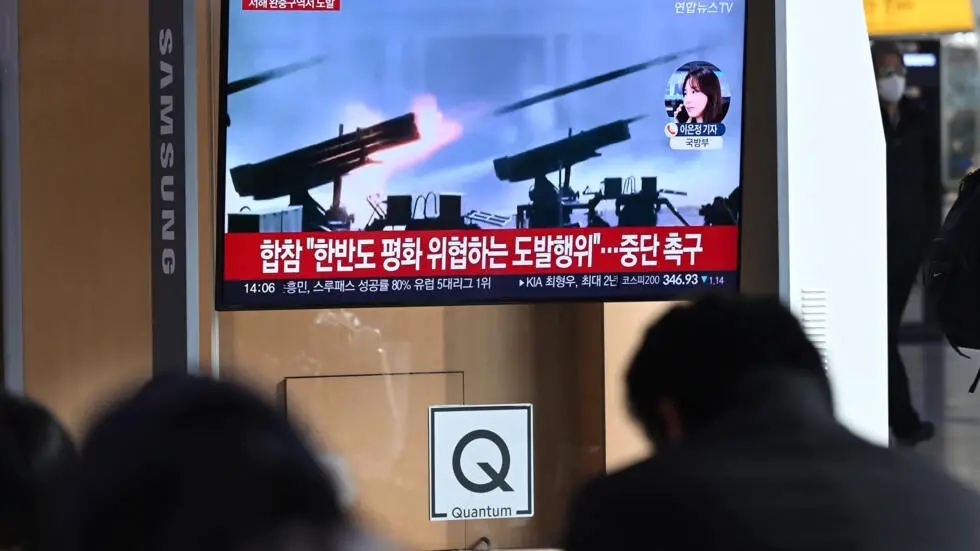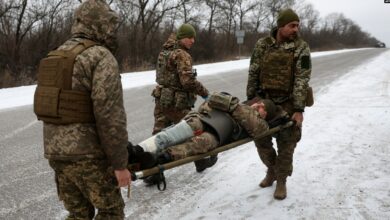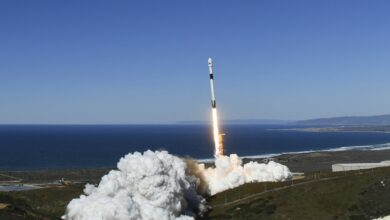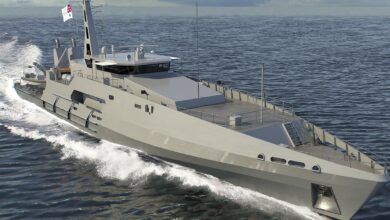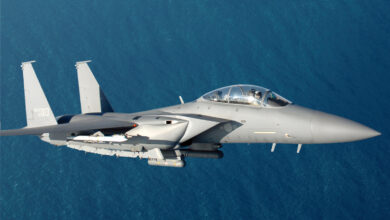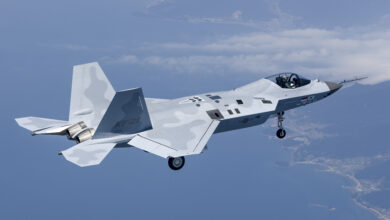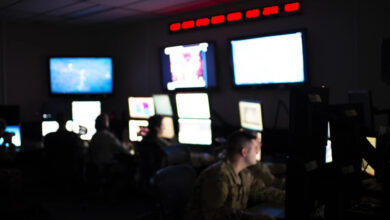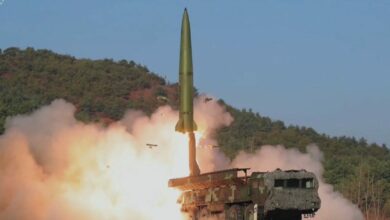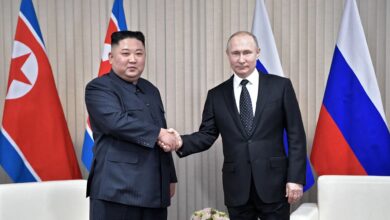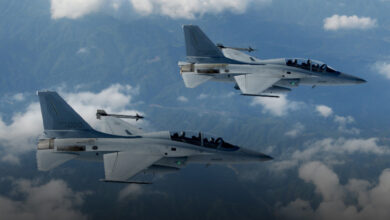N. Korea Fires Artillery Shells Near S. Korean Islands: Seoul
North Korea fired an artillery barrage near two South Korean islands on Friday, Seoul’s defense ministry said, warning the actions threatened peace and that it would respond.
Residents of both islands were ordered to evacuate and ferries were suspended as South Korea planned a naval drill in response, in one of the most serious military escalations on the peninsula since the North fired shells at one of the same islands in 2010.
Friday’s live firing followed repeated warnings from Kim Jong Un‘s regime in Pyongyang that it was prepared for war against South Korea and the United States.
Seoul’s defense ministry said the North’s military fired “over 200 rounds” of artillery shells on Friday morning near Yeonpyeong and Baengnyeong, two sparsely populated South Korean islands that are just south of a defacto maritime border between the two sides.
“This is a provocative act that threatens the peace on the Korean Peninsula,” the ministry said.
“Our military closely tracks and monitors the situation in close coordination with the United States, and will take appropriate measures in response to North Korea’s provocations.”
The ministry said there had been “no damage to the Korean people and the military,” with the shells landing north of the defacto border that is known as the Northern Limit Line (NLL).
Evacuation Orders
Yeonpyeong, which has around 2,000 residents, is about 115 kilometers (70 miles) west of South Korea’s capital, Seoul.
Baengnyeong, with a population of 4,900, is about 210 kilometers west of Seoul.
Local officials on both islands told AFP that residents had been told to evacuate, describing the order as a “preventative measure” ahead of a planned South Korean military drill.
“We have been told by the military that a drill is scheduled for this afternoon,” a Yeonpyeong official said, adding that people were asked to evacuate “in case North Korea does anything in response.”
One resident of the island said they were “shaking in fear” at the barrage.
“At first I thought it was the shells fired by our own military… but was told later it was by North Korea,” Kim Jin-soo, a Baengnyeong island resident, told local broadcaster YTN.
The shells splashed down into a so-called maritime buffer zone north of the NLL, the defense ministry said, which was set up in September 2018 in a bid to reduce tensions.
But the North scrapped the accord after Seoul partially suspended it in November, to protest Pyongyang’s spy satellite launch.
“The nullification of the (accord) increases the possibility of military clashes in the border areas,” Yang Moo-jin, president of the University of North Korean Studies in Seoul, told AFP.
He added that “the evacuation of our residents raises psychological and security concerns, which can ultimately destabilise the economy of South Korea.”
2010 Clash
In 2010, in response to a South Korean live-fire drill near the sea border, the North bombarded Yeonpyeong island, killing four South Koreans — two soldiers and two civilians.
That was the first attack on a civilian area since the 1950-53 Korean War.
The South returned fire, with the resulting exchange lasting more than an hour, as the two sides traded more than 200 shells, sparking brief fears of a full-fledged war.
Relations between the two Koreas are at currently one of their lowest points in decades, after Kim enshrined the country’s status as a nuclear power into the constitution while test-firing several advanced ICBMs.
At Pyongyang’s key year-end policy meetings, Kim warned of a nuclear attack on the South and called for a build-up of the country’s military arsenal ahead of armed conflict that he warned could “break out any time.”
In an effort to deter Pyongyang, Washington deployed a nuclear-powered submarine in the South Korean port city of Busan late last year and flew its long-range bombers in drills with Seoul and Tokyo.
The North has described the deployment of Washington’s strategic weapons, such as B-52 bombers, in joint drills on the Korean peninsula as “intentional nuclear war provocative moves.”

